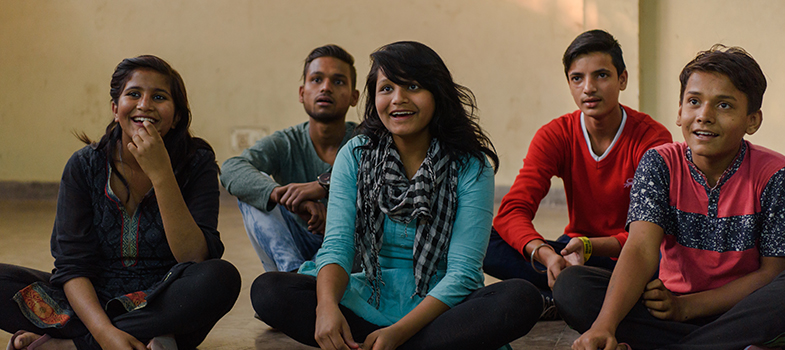4.3 The sexual organs
The next activity is a resource for teaching about the sexual organs in a CSE session.
Activity 4.4: Naming the sexual organs
Draw a vulva and a penis, labelling the parts in the language in which you are teaching. You can find sample images to print out in the image bank [Tip: hold Ctrl and click a link to open it in a new tab. (Hide tip)] , including versions with English labels and no labels so that you can add them.
Point to the different parts and ask if they know what each is. Then explain briefly. It is useful to point out that the female and male sexual organs are very similar and basically made up of the same parts.
The skin that in one foetus becomes the outer lips of the vulva becomes a scrotum in another foetus. The same root forms ovaries or testicles, and both the clitoris and the penis have a head and a hood (if not circumcised). There is more information about the clitoris in Activity 4.6.
You might notice that the diagrams in the image bank use the term ‘vaginal corona’ instead of hymen. You can use whichever term you think is most suitable to your group and your context. The term ‘vaginal corona’ was invented by the Swedish Association for Sexuality Education (RFSU) in 2009 to try to dispel myths about hymens by using a new word.
You can also do an exercise similar to the one in Activity 4.3 in your CSE groups, to help young people think about the different words they know for the sexual organs and which types of words might be appropriate for different contexts.
Activity 4.5 Different names
Ask your students to suggest as many words as they can for sexual organs.
Write them all down in a list on a chalkboard or a large piece of paper.
Without judging the values and connotations of the different words, discuss what words are good or best to use in different settings.
You can also talk about which words might be degrading or hurtful – and for whom.
4.2 Different words for different contexts
